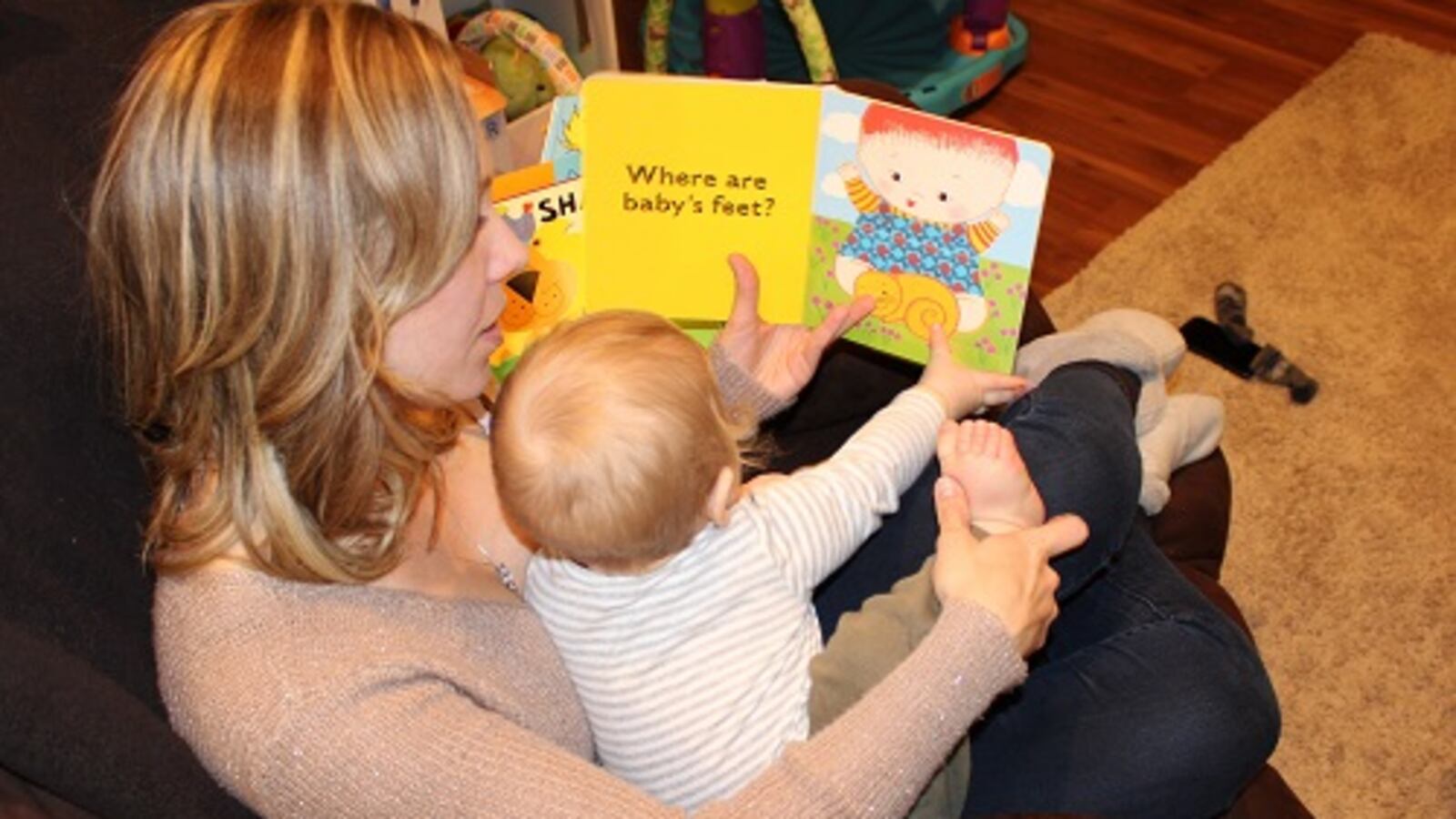Yvette Cora, who works at an East New York day care center, turns down a steady stream of parents asking to enroll their babies.
The center where she works, St. Malachy Child Development Center in East New York, has a contract from New York City to care for babies and toddlers from low-income families. But most won’t get offered a spot until their child is at least 18 months old — it takes six months to a year to get off the baby room waitlist.
“I refer them to home providers, and sometimes after they go visit those homes they come back here and say they prefer it here,” said Cora.
It’s an increasingly common experience for day care providers who work with the city. As interest in early childhood education has grown in the city, more families are seeking spots in day care programs for their babies — but the programs for poor children are actually losing capacity, even as programs that serve more affluent families grow.
With the upcoming transition of the city’s subsidized child care system to the Department of Education (DOE), it remains to be seen how the DOE will prioritize infant care, and whether the agency will find a way to increase the capacity for this age group in centers.
In the past two years, the number of slots for children under 2 years old increased by 10 percent in licensed early education centers citywide — from 9,853 spots in 2015 to 10,806 in 2017, even as total capacity in centers has grown by only 2 percent. That’s according to the Center for New York City Affairs’s analysis of data provided by the city’s Department of Health and Mental Hygiene, which issues licenses to the centers.
At the same time, the child care centers that contract with the city to serve low-income families have been losing their capacity to take in infants and toddlers. The number of openings for children under 2 years old in those centers fell by 8 percent during the same time period, amounting to about 100 lost slots for young children.
The shift means that while Bright Horizons, one for-profit day care provider that charges up to $40,000 per year for full-time care, is growing, there are fewer spots for families whose total annual income is less than that.
“The capacity has grown, but not for poor people,” said Kathleen Hopkins, vice president of the Family Health Centers at NYU Langone Department of Community Programs that oversees two centers that provide infant care. “There are still not a lot of options for poor families.”
The scarcity of choice for poor families with infants is largely driven by cost. Infants and toddlers are the most expensive age group to serve in child care centers. Most babies in the subsidized child care system are placed in the far less-expensive but also less-regulated subsidized family child care programs, where women get paid meager wages to look after neighborhood kids in their homes, often their living rooms.
But studies nationwide have found family child care programs to be, on average, of lower quality than center-based care, and there’s been a growing interest in increasing the number of slots for infants and toddlers in subsidized New York City child care centers.
Some say that Mayor Bill de Blasio’s universal pre-K expansion and public awareness campaigns such as “Talk to Your Baby” added urgency to this discussion by raising awareness of the importance of receiving high-quality care during the first few years of life.
Staff at the city’s child care resource and referral agencies say they now see a growing number of parents from all backgrounds who believe that early education centers are better equipped than informal arrangements with friends and family to provide quality care and prepare young kids for school. “It’s a trend of the last five years,” says Nancy Kolben, executive director of the child care resource and referral agency Center for Children’s Initiatives.
Early childhood centers that enroll only families who can pay without public subsidies have responded by charging parents more money to offset the high costs inherent in baby care, including expensive sprinkler systems, ground floor classrooms, and that babies be cared for in small groups.
But at subsidized child care centers, rising rents combined with flat city funding have made infant care elusive, despite efforts from ACS to encourage growth.
“Everything we have seen says it’s a money-losing proposition to do [infant care] as a center-based facility because of the infrastructure you need,” said James Matison, executive director of Brooklyn Kindergarten Society, which oversees five early education centers that serve low-income families.
“We lose a lot [of space] if we try to incorporate cribs and changing tables, and enrollment numbers go down,” says Maria Contreras-Collier, executive director of Cypress Hills Child Care Corporation.
Some directors say that serving infants is easier at large child care centers that can dedicate a few rooms to babies without cutting back on overall enrollment.
Hanover Place Child Care, a center in Downtown Brooklyn, is a case in point. A large school with a total capacity for over 300 children, it accepts more vouchers to care for infants than any other center in the city. In recent years, as surrounding neighborhoods gentrified, it has begun attracting families who pay privately.
But after a special-education preschool it shared its building and some staff with closed, Hanover Place lost a security guard, art teacher and a nurse. Meanwhile, rents in the neighborhood skyrocketed as new construction crept closer and closer.
Some local parents fear it is only a matter of time before the Brooklyn real estate boom will lead the center to close its doors entirely, or at least close doors to families unable to pay the tuition necessary to keep them open.
This story is adapted from a policy brief from the New School’s Center for New York City Affairs.

